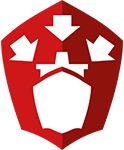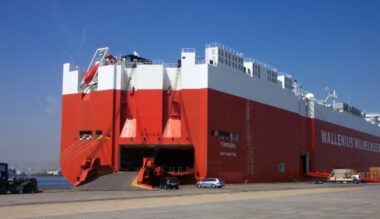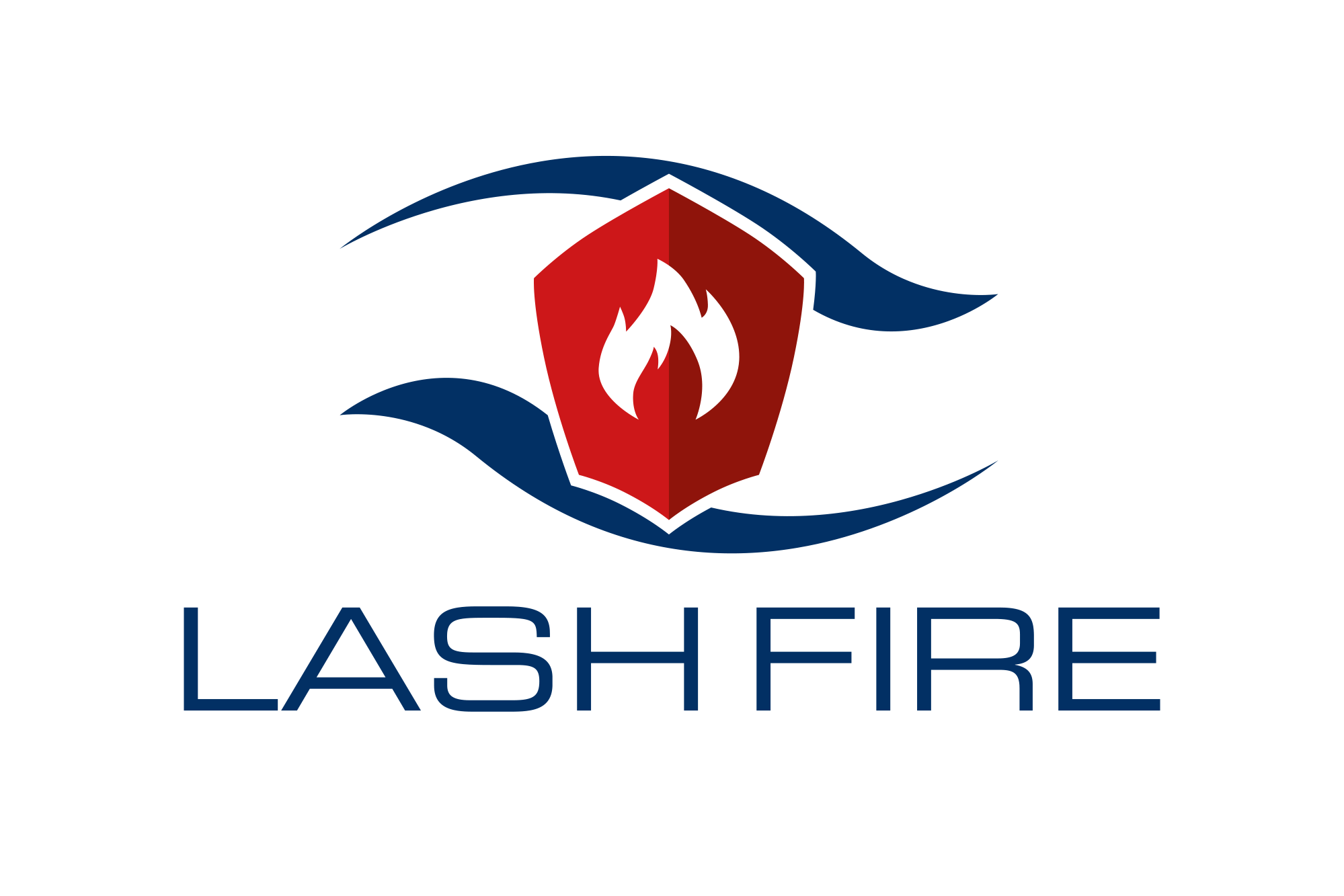
Ship Integration
WP5 will create a generic ro-ro ship model which will be evaluated, integrated and facilitated for demonstration of technical and operational solutions developed in the project.
WP05
Ship Integration
One of the main LASH FIRE objectives addressed to WP05 is to evaluate and demonstrate ship integration feasibility and cost of developed operational and design risk control measures for all types of ro-ro ships and all types of ro-ro spaces.
As a starting point for the developments at LASH FIRE, generic ships are selected, and integration requirements defined for each specific development. Evaluation of the risk control measures includes technical assessment, Lifecycle cost assessment (LCC) and environmental (Life cycle assessment, LCA) providing the assessment results to the development teams during the development, enabling further adjustments and optimisation. Finally, at least 15 most promising solutions shall be validated through testing and onboard demonstration.
The WP05 team had the following objectives on the agenda:
To ensure the usefulness and effectiveness of proposed solutions and that the developed solutions are integrable with the systems and operational routines onboard, the following specific goals are addressed to the ship integration work package:
- Definition of generic ro-ro ships for the evaluation of risk control measures, with basis on characteristic ship types in the world fleet
- Definition of conditions and evaluate integration into ship systems and operations of at least 20 developed new safety solutions.
- Life cycle cost assessment of at least 15 and environmental assessment of at least 2 new technical and operational solutions.
- Demonstration of at least 10 technical and operational solutions developed.
WP05 – The link to reality
WP05 is the integration work package and it is crucial that ship designers, shipyards and ship operators are involved in the development process and that the solutions are demonstrated in the intended environments. WP05 has therefore the important task of investigating the ship environment and report on these conditions to the LASH FIRE work packages. The work packages, on the other hand, propose new improved solutions which are further evaluated within WP05, including validation through onboard demonstration, focusing on design, production, environmental and operational aspects. Further, cost and environmental assessments are performed followed by a final performance, feasibility and integration assessment. It is a collaboration that goes in both directions.
This means that a huge number of parameters are weighted against each other to make the conclusion: does the solution improve the safety, is the solution integrable into the ship systems and operational procedures, is it cost effective and how does it affect the environment.
The tasks performed in WP05
As a starting point for the developments at LASH FIRE, generic ships were selected, and integration requirements were defined for each specific development. The evaluation activities are ongoing for several developments.
Generic Ship definition
Selection process of the generic ships resulted in three main categories of ships: ro-ro passenger ships, ro-ro cargo ships and vehicle carriers. Further, one representative existing ship in each category was selected. In the selection process, focus was primarily given to the arrangement of ro-ro cargo spaces, in addition to passenger and cargo capacity in comparison to statistical data and trends of the world fleet. Three selection loops were performed, resulting in the final selection of the ro-ro passenger generic ship (Stena Flavia), ro-ro cargo generic ship (Magnolia Seaways, DFDS) and vehicle carrier generic ship (Torrens, Wallenius & Wilhelmsen). Specific input related to the assessed ship types, including 3D models, as well as additional input not directly related to the selected Generic ships, that can be useful for the Development and Demonstration work packages in LASH FIRE, was provided. Further, ship and port visits as well as interviews with the crew were organised by the ship operators. The organisation included planning of tasks according to the WP06-WP11 requirement of information, interviews with the crew, guided ship and port tour. Due to the situation with COVID-19, in the beginning of year 2020, the visits were postponed until later in year 2021.


Selected generic ro-ro cargo ship: Magnolia Seaways (DFDS) – bow view.

Selected generic vehicle carrier: Torrens-Side/Aft view.
Ship integration definition and evaluation
Specific Integration requirements were assessed for the three ro-ro ships categories focusing on design, production, environmental and operational aspects. Definition of requirements was delivered for all the developments within LASHFIRE.
Evaluation of the risk control measures includes technical assessment, Lifecycle cost assessment (LCC) and environmental (Life cycle assessment, LCA) providing the assessment results to the development teams during the development, enabling further adjustments and optimisation.
As part of the preparations for the upcoming assessments, Evaluation process was established as well as LCC and LCA assessment methodology, work process, time plan and integration with the Formal Safety Assessment (FSA) was defined. Further, cost data collection sheets and first functional versions of the LCC and LCA tools were developed.
The development of the life cycle cost and enfironmental assessment tools
The LCC tool has the capacity to break down data from a data collector and calculate the total life cycle cost for a certain ship type for both newbuilding or existing ship.
The LCA tool assess the total impact of the solution implementation through #from cradle to grave” data processing approach.
Both tools can compare different solutions and applications and show the final impact of the implementation.
WP05 collects relevant input from the WP05 and Development and demonstration work packages, assess the received input and deliver the integration impact on the lifecycle cost and environment of the proposed solution to the different work packages. Along with the technical evaluation results, the work packages finally select the most promising solutions to be further assessed in the Formal safety assessment (FSA) within WP04 resulting in the final cost effectiveness of the solution or combination of solutions .
Is the solution integrable What is the impact on safety? is the solution integrable into the ship systems and operational procedures? Do you get enough effect from your financial investment? How much does it cost to save another human life?
Almost 40 different solutions from LASH FIRE are being evaluated where the technical evaluation activities started for several developments via web discussions between WP05 and Development and Demonstration WPs.
Downloads
- Coming soon
